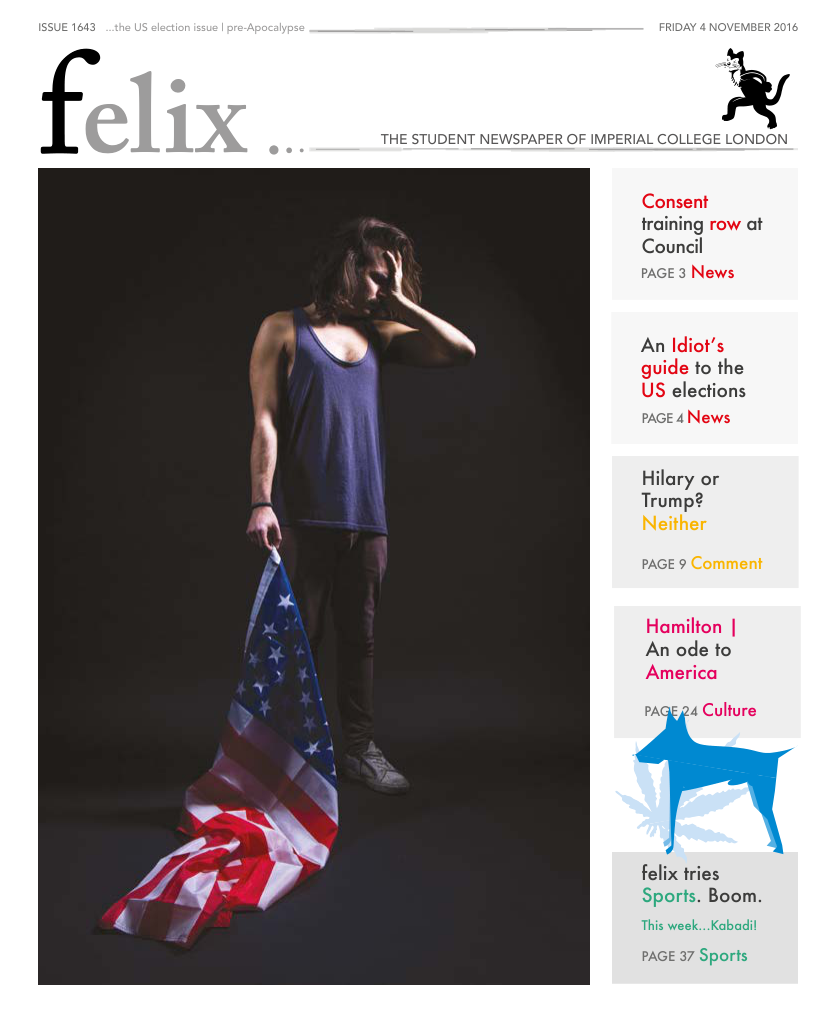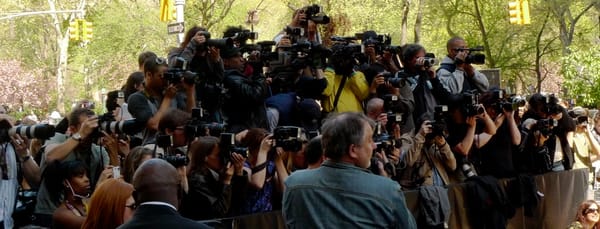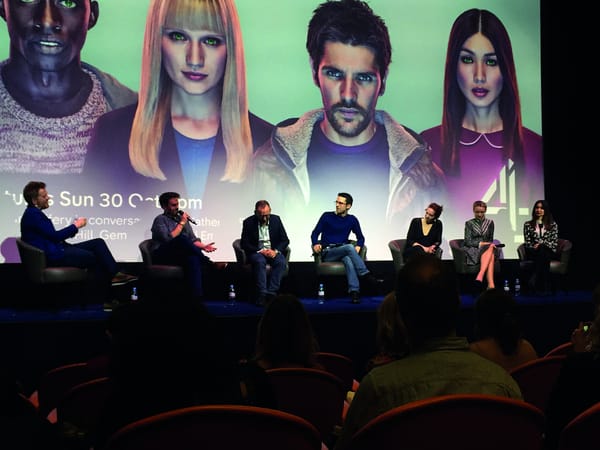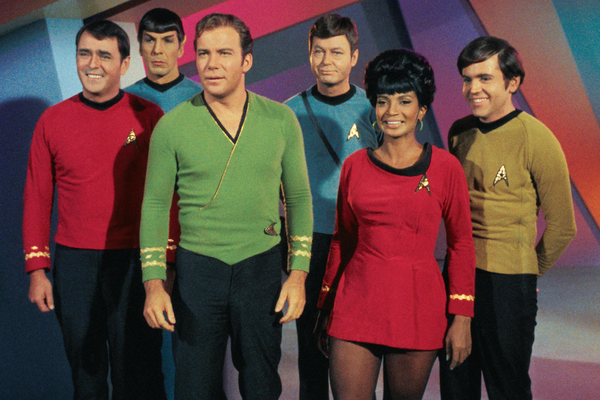Into the Inferno
Documentary of the week
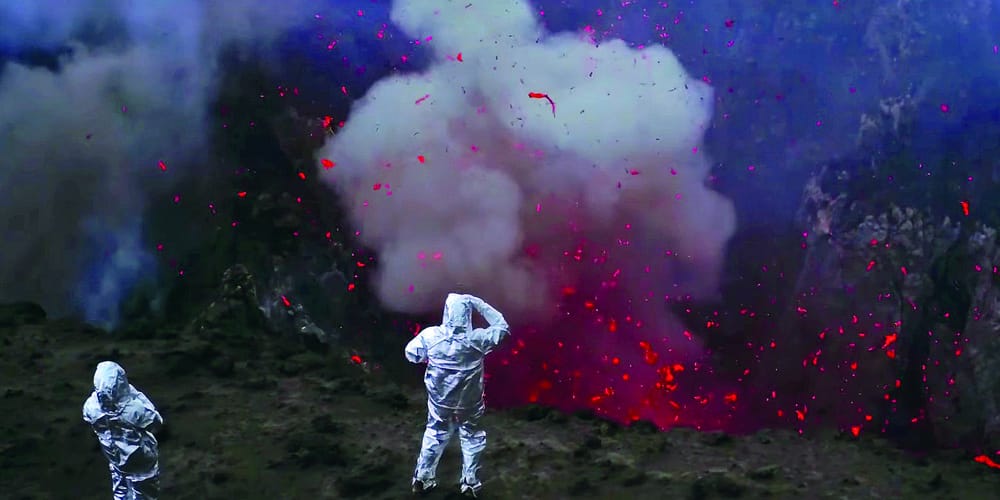
Violent. Destructive.Catastrophic. These may be the words you think of when encountering the word volcano. Werner Herzog, one of the world’s most influential directors, together with volcanologist Clive Oppenheimer, take you on a trip to the heart of the earth, with the question: are volcanoes all destructive?
From Pacific islands to North Korea, this film shows how volcanoes help to construct people’s belief systems. Some are very mystical, such as the belief that spirits live in the lava and communicate with the local villagers. Volcanoes are often perceived to be a source of power with these beliefs so firmly ingrained into the societies that in some villages, tourists are not permitted into the area after an eruption as the fire spirit would not recognize them and would be angry.
The film explains why people form such beliefs; volcanoes are mysterious and unpredictable. We feel helpless due to our lack of control over them and even armed with cutting-edge technologies and equipment, we still can’t fully explain the fascinating power of nature. Just as Herzog said after his observation of volcanoes: “There’s no permanence to what we are doing, no permanence to the efforts of human beings” – we are insignificant compared to its power. As a result, we respond with respect and awe. Volcanoes both destroy and create and are shown to carry sufficient energy to fulfil all human needs.
When facing something this powerful, the first reaction is to run as fast as you can to avoid being swallowed and absorbed by the mighty force. The next is to pray; before a disaster, for safety and good health; after, for peace of mind and rejuvenation. This is shown to be true for all natural disasters. Some survivors of floods, for example, bring tributes to the ‘God of the Sea’ in exchange for a peaceful year. Amidst the spiritual beliefs, people learn to predict and prepare for future disasters. Interestingly these natural disasters while being immensely destructive also help to form human culture, beliefs and creativity. This comparison is emphasised by the director frequently pairing the violent ocean with the exploding volcanoes to give a strong visual contrast. The dance of the fire synchronises with the rhythm of the waves, expressing the infinite power of nature in front of our eyes. While listening to peaceful harmonious classical background music, one can feel the strong impact of lava being pushed out of the crater, like spirits fighting for their freedom.
‘Into the Inferno’ exposes how fragile human beings are in the face of nature whilst also showing us to be conscious and wise creatures. These harsh conditions make us who we are, just as the selective pressure which has evolved us to Homo Sapiens in these two million years. We evolve creative solutions towards difficulties. We learnt from birds to fly, we learnt from bats to use ultrasound waves to create radar systems. Humans always learn from nature and create tools to face challenges.
The documentary ends on an ominous prediction by the leader of the Endu village, Chief Mael, “ Volcanoes will destroy everything. They will destroy the whole world”. What do you think the future of human and volcano will be?

